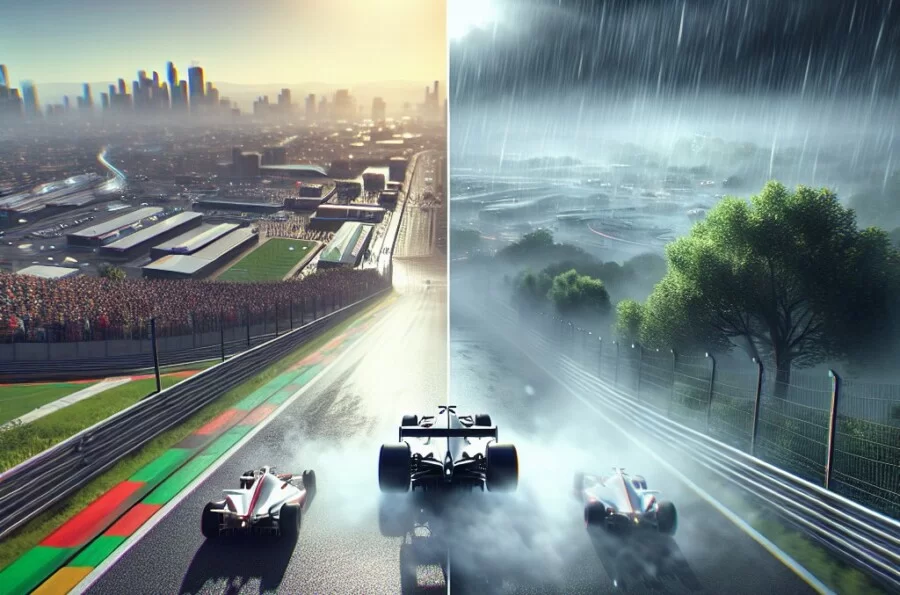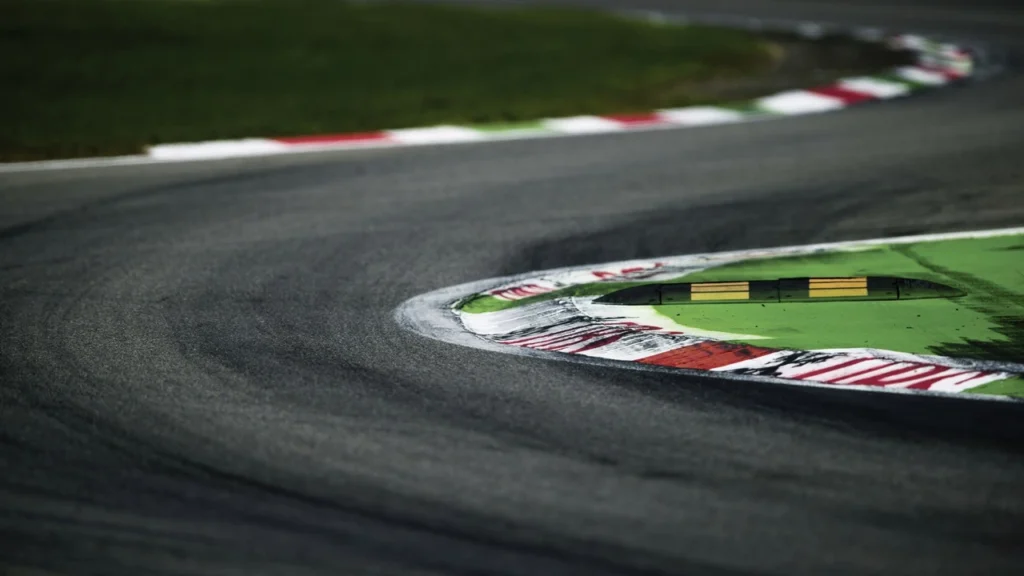One genre stands out for its continuous pursuit of realism and immersion: racing games. From the early days of pixelated tracks to the modern era of hyper-realistic simulations, racing games have undergone a remarkable evolution, largely driven by advancements in technology. In this article, we delve into the profound impact of realism in racing games and how it has transformed the gaming experience for players worldwide.
The Technological Revolution:
The journey towards realism in racing games began with the advent of 3D graphics and advanced physics engines. Early titles like “Gran Turismo” and “Need for Speed” introduced players to more immersive worlds and realistic driving mechanics, setting the stage for the future of the genre. As technology progressed, so too did the level of detail and authenticity in racing games, with developers striving to replicate the look and feel of real-world racing experiences.
Read also about: Exploring Real-World Locations in Racing Games.
Graphics and Visual Fidelity:
One of the most noticeable aspects of realism in modern racing games is the stunning graphical fidelity. From meticulously recreated tracks to lifelike car models, today’s racing games boast graphics that rival those of blockbuster Hollywood films. High-resolution textures, dynamic lighting effects, and realistic weather systems combine to create visually stunning environments that draw players into the heart of the action.

Physics and Vehicle Dynamics:
Realism in racing games isn’t just about looks – it’s also about how the vehicles handle and respond to player input. Advanced physics engines accurately simulate the behavior of cars, taking into account factors such as weight distribution, tire grip, and aerodynamics. This level of authenticity adds depth to the gameplay, requiring players to master the nuances of vehicle control and driving techniques to succeed on the track.
Immersion and Player Engagement:
The pursuit of realism in racing games isn’t just about creating visually impressive experiences – it’s also about immersing players in the thrill of high-speed racing. From the roar of the engines to the squeal of tires on asphalt, every aspect of the racing experience is carefully crafted to draw players into the action. Whether it’s the sensation of speed in first-person mode or the adrenaline rush of a close-fought race, realism enhances player engagement and creates unforgettable gaming moments.
The Future of Realism in Racing Games:

As technology continues to evolve, so too will the level of realism in racing games. From advancements in virtual reality to the integration of machine learning and AI-driven opponents, the future holds endless possibilities for the genre. Whatever the future may bring, one thing is certain – the pursuit of realism will continue to drive innovation and push the boundaries of what’s possible in the world of gaming.
Conclusion:
Realism has had a profound impact on racing games, transforming them from simple arcade experiences into hyper-realistic simulations that rival real-world racing. With stunning graphics, advanced physics, and immersive gameplay, modern racing games offer players an unparalleled level of realism and excitement. As technology continues to advance, the future looks brighter than ever for racing game enthusiasts everywhere.


